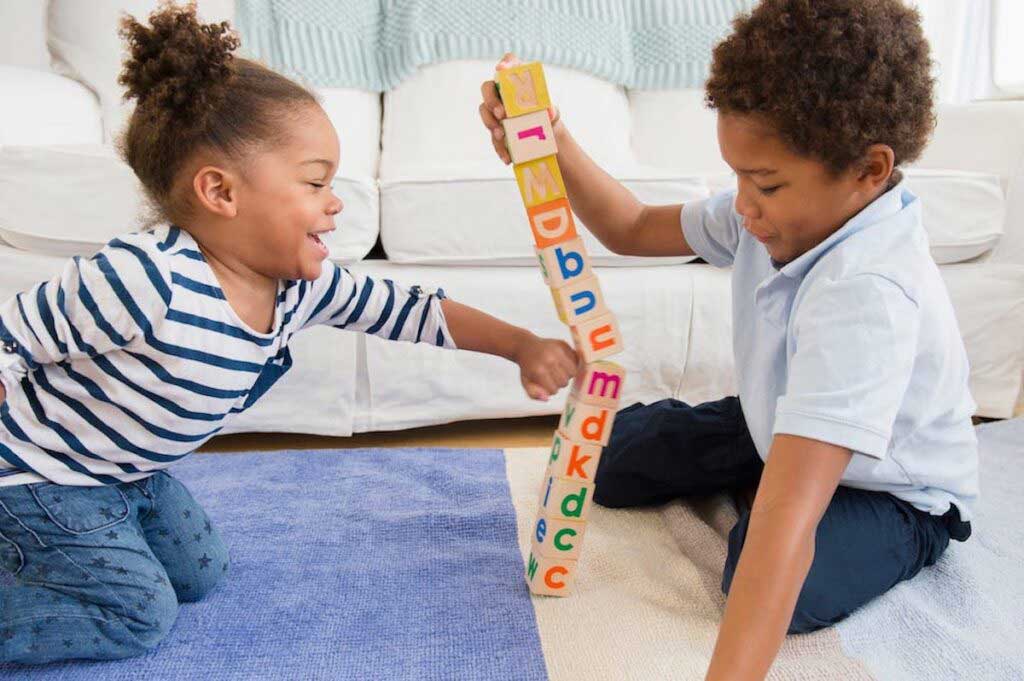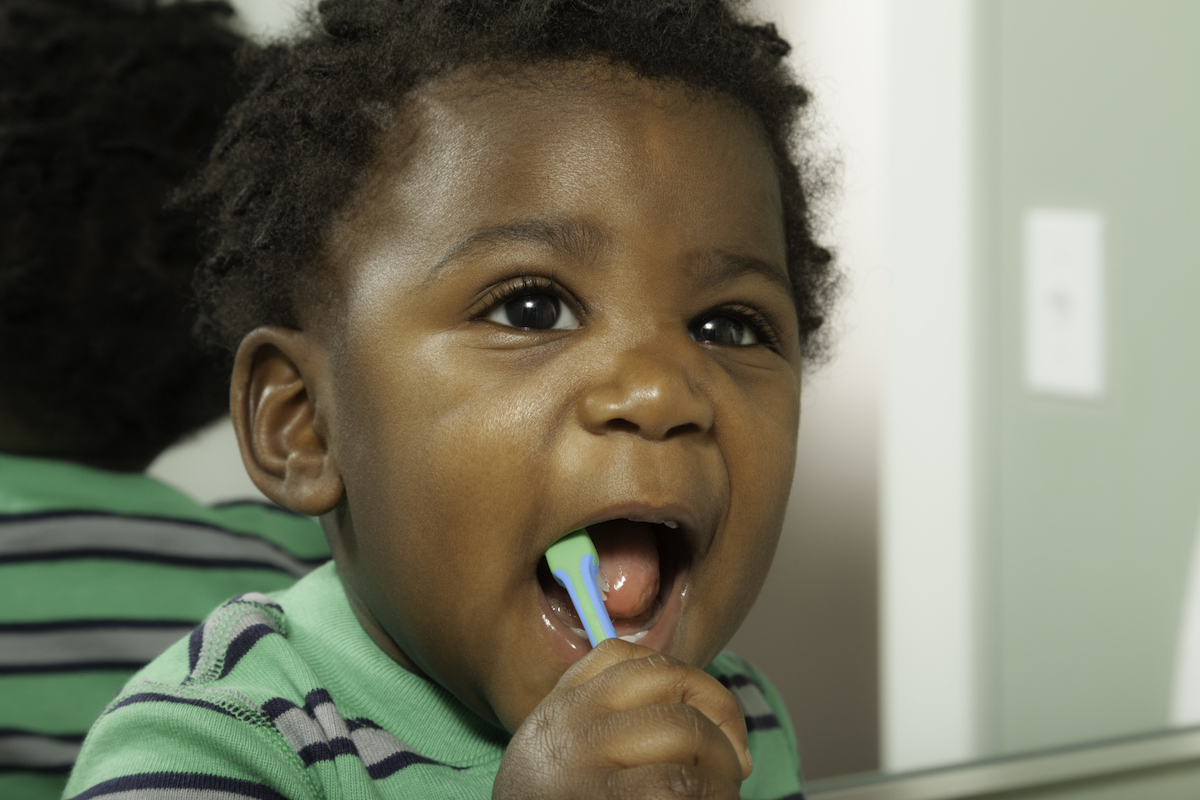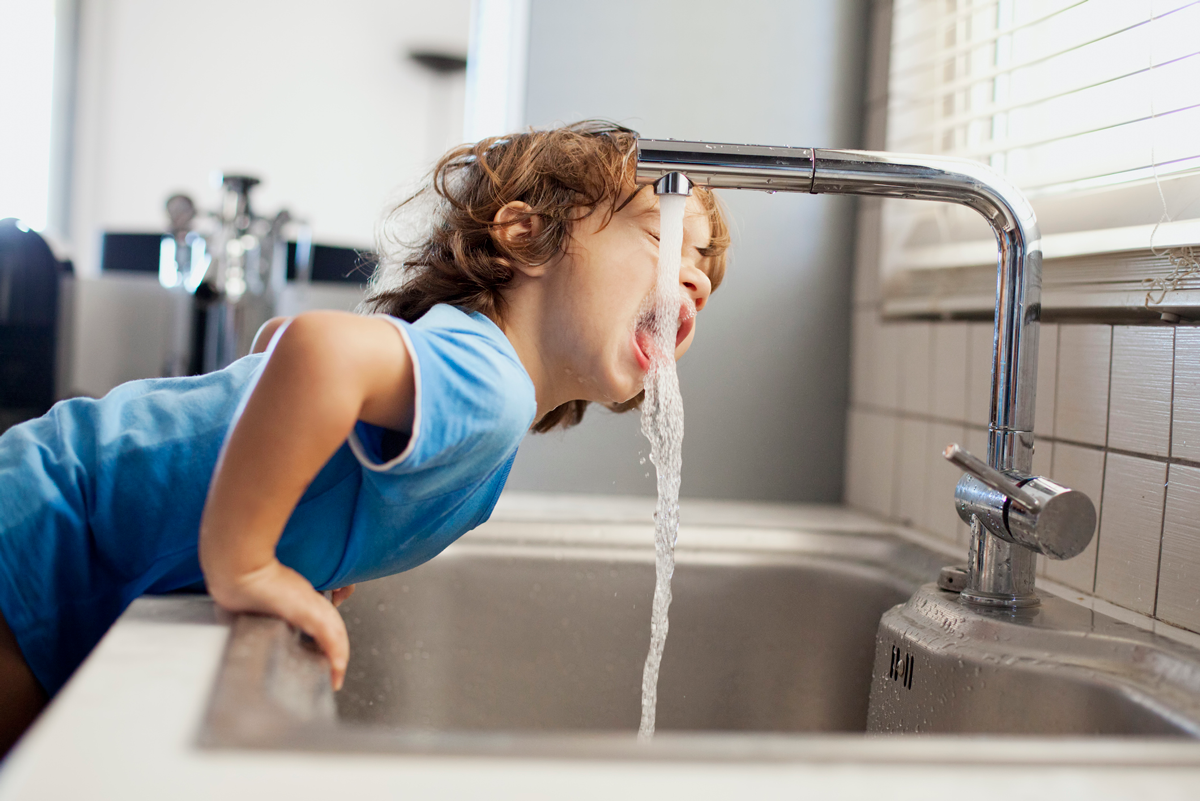Fluoride in water is a topic that seems both incredibly mundane — how does one get excited about municipal water fluoridation? — and deeply fraught. Last weekend a reader sent me a plea to write about this, forwarding along a message from her father (apparently one of many) about how we are all being poisoned by fluoride.
The truth leans far more to the mundane than the spicy, but I’ll try to keep it hot here with some meta-analysis graphs.
The central tension in this discussion is between the benefits of fluoride, which is in tooth health, and some possible neurodevelopmental risk from exposure in childhood and in utero. To evaluate this tradeoff, we need to look at the strength of evidence on both sides.
Benefits of fluoride
At some level, the answer to whether fluoride benefits teeth is an obvious “yes.” We have a lot of both theory and evidence to support this. Topical fluoride rinses, for example, have been shown in many randomized trials to improve dental health and reduce cavities. Fluoride works by interfering with the ability of oral bacteria to make acid, among other benefits.
Fluoride can be found in various sources (groundwater, some foods, toothpaste, mouth rinses), but not everyone gets adequate amounts. The decades-old solution, at least in some areas, was to add fluoride to the municipal water supply. This increases the amount that everyone gets, just as a part of their natural water-drinking.
There is a strong equity argument for fluoride in water, since cavities are more common in lower-income areas. This may be true for many reasons, but providing equitable access to fluoride is a possible blanket solution.
The question of whether fluoride in water is effective is a bit more complicated than the question of whether fluoride in general is good for teeth. If people are getting enough fluoride in their diet, then the water fluoridation may be unnecessary. Having said that, a review of data on this topic does show a significant reduction in cavities after water fluoridation is introduced. Most of this data is from before 1975, but it’s not clear why things would be very different now.
Overall: there are many reasons, both theoretical and data-based, to think that having fluoride in municipal water could decrease cavities and improve tooth health.
Possible fluoride risks
The primary concern raised with fluoride is the possible impacts — either through prenatal or early life exposure — on developmental measures like child IQ. These claims have led some municipalities to avoid water fluoridation, despite the likely benefits to dental health.
The literature informing this debate is large and dates back many decades. The results appear at first glance fairly confusing — some studies link higher rates of water fluoride to lower IQ; others do not. Ultimately, though, we can understand this data by seeing that very high fluoride levels are bad, but these levels are not reached by water fluoridation programs run by municipalities.
The best visualization of this comes from this summary paper, published in 2023. What these authors do is combine a large number of studies that all do basically the same thing: look at the relationship between water fluoride levels and child IQ. Their insight, though, is to separate these studies into those where the average level of fluoride is high versus low.
Fluoride levels are measured in milligrams per liter (mg/L). The authors have one group of studies in which the “high” fluoride areas have an average of 3.7 mg/L and the “low” areas an average of 0.7 mg/L. These studies are mostly run in India and China, where fluoride levels are high (not due to municipal fluoride but for other reasons).
They then have a second group of studies in which the “high” fluoride areas have an average of 0.9 mg/L and the low ones an average of 0.3 mg/L. These studies are mostly run in Canada and Mexico and, at least in the Canadian case, have levels that reflect municipal fluoride.
For reference, the World Health Organization states that a safe level of fluoride in drinking water is 1.0 mg/L.
Although in a sense the two groups of studies look like similar analyses, they actually ask very different questions. In the first case — with the overall high levels — the study asks whether there are benefits in moving from an unsafe level of fluoride to a safe level. In the second case — with the overall low levels — the study asks whether there are benefits to reducing fluoride from an already safe level to a lower level than that.
In the graphic below, I show the estimated impact of high versus low levels of fluoride on IQ scores in the two groups.
For studies in the upper group, where the high levels are really high, there do seem to be developmental impacts. For the other group, there are not.
This is more or less the whole story, echoed in other meta-analyses and individual studies. Very high levels of fluoride do seem to have some risks, but lower levels do not. It’s like many things. A little bit is fine (in this case, good for teeth) and too much is bad.
These studies mostly focus on exposure in childhood. There are also studies in pregnancy, most notably one in Canada that looked at the relationship between fluoride in municipal water and child IQ. This study caused a lot of concern because it suggested that, at least for male children, exposure to fluoride during pregnancy caused a very large drop in IQ. But a deeper dive into that paper leaves questions — the results are very sensitive to the controls included (see Appendix Tables, as usual) and, in the graphs, seem to be driven by some outliers in fluoride levels. It is also unclear why these impacts would show up for boys and not girls. Overall, less compelling.
There is simply little evidence that fluoride at the levels we experience in the U.S. with municipal fluoride would have any negative impacts on pregnancy, babies, or children. If you are curious to see your own area fluoride levels, the CDC has that for you here.
Summary
I told you, it’s a little mundane! Fluoride is good for your teeth, just like the dentist said. An appropriate read of the evidence doesn’t suggest health concerns at the levels we use in municipal water. So … just go about your life and stay hydrated.
The bottom line
- Fluoride in municipal water has been shown to reduce cavities in kids, especially in settings where other sources of fluoride are limited.
- At high levels, we see some possible links between fluoride exposure and developmental outcomes.
- At levels that would be relevant for municipal water fluoridation, these links are not present. There is no reason to be concerned about adding fluoride to tap water.


















Log in